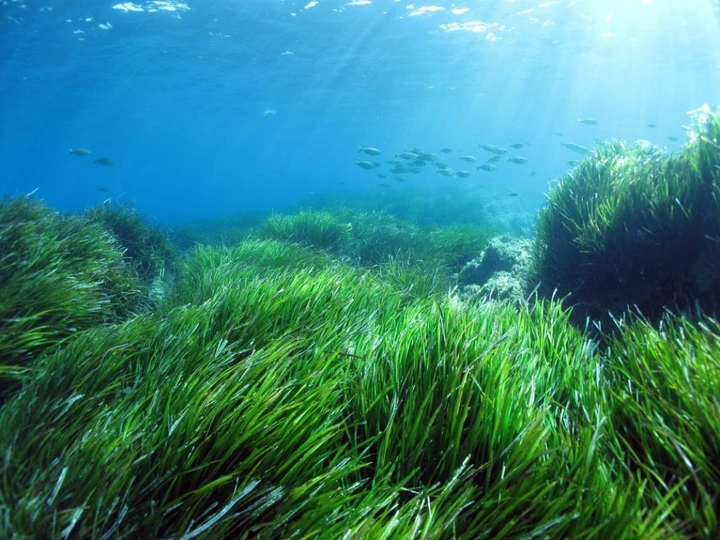Seaweed House 2.0

Lucrezia Gelichi
Recently graduated from the University of Architecture in Florence. During the journey within the university I was able to achieve and take many different paths, in matter, logic and structures. During the last years in the faculty, I became transparent about the position I should have taken when I finished my studies.After graduation I started a research path, going to look for innovations that could help improve our planet. I submitted my thesis for a competition related to green issues, in which I had an award and a publication in the magazine Italian Smart City. The field of study is linked to urbanism, to the territory, to the environment in which we live, subjecting it to different points of view, acquiring objectives that can help improve the environment, according to laws of the natural order, fused with concepts of consumerism, recycling, ecological, eco-friendly. A new approach and a new way of governing urban events, composing new urban spaces to respond to natural logics of coexistence with nature and its rhythms, in harmony with it. Urbanism has been the material that has fascinated me and convinced me in proceeding to make a thesis linked to this field, a natural, landscape, linked to the city, the citizen and the relationship that can be tightened between these components. All combined with the world in which we live, an inextricable world of technology, avant-garde, experimentation, sustainability, recycling and consumerism. These are all themes that have fascinated me, with the aim of being able to contribute personally to environmental improvement, both in the architectural and technological field, safeguarding and supporting the environment in which we live, exploiting the green material, bringing it to its highest level of collaboration.
The project questions the solutions currently available that can bring immediate benefits in mitigating climate change in homes and human settlements. Among the proposed solutions, spirulina seems the most promising. This single-celled microalga has great adaptive capabilities and allows different applications in the field of construction, attempting to merge Architecture, Urban Planning and Nature.
The alga, which is best suited to this study, recognized and subjected to various research, is Spirulina, having the ability to convert carbon dioxide into lipid-rich carbon molecules, reduce CO2 emissions and other greenhouse gases, acting as real carbon tanks, useful to mitigate climate change and create new forms of circular economy, developed in different areas: food, pharmaceuticals and agriculture.
The research conducted in this study is precisely the union between Architecture and Nature and their transfer in the urban space, to define a new approach and a new way of governing urban events and therefore of the same urban planning, a habitat in which to live in contact with nature, a primitive domestic landscape to return to our origins.
Seaweed house is the outcome of this doctoral research. The final product is a new home in which to experiment with new solutions of ways of living, based on the naked beauty of materials and organic forms that express new living spaces.
By linking several houses in a new urban design, the second step of the research is to compose a new neighborhood where the urban space responds to natural logic of coexistence with nature and its rhythms, so as to affect the culture of living in the city. The result will be a new urban environment designed with nature, an ecosystem of plants, plants, algae and fungi, lived according to its rhythms, that teaches us to behave sustainably, in contact with nature, having respect and learning from it not to waste resources, leading sociality and culture towards a green and sustainable impact.